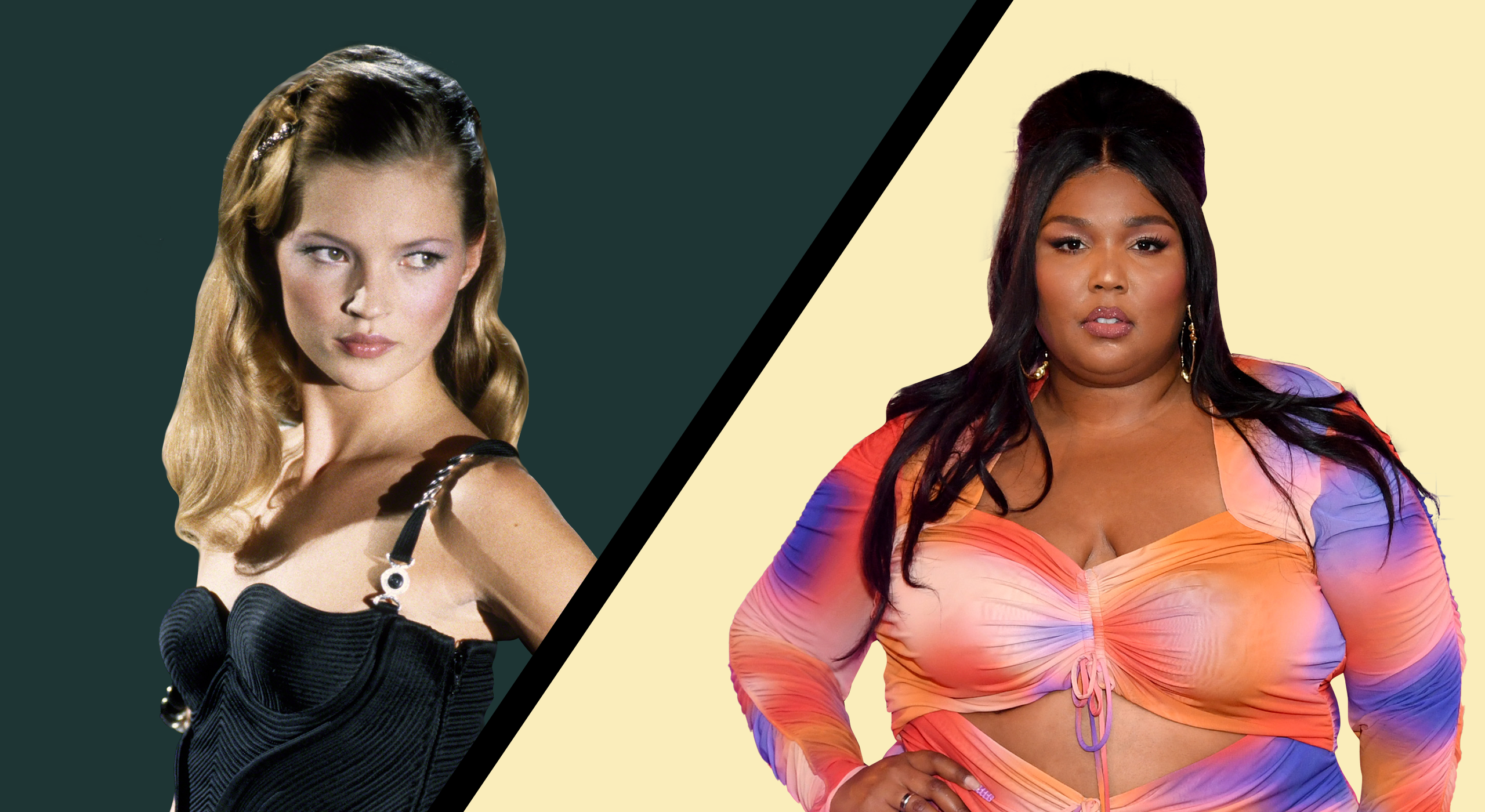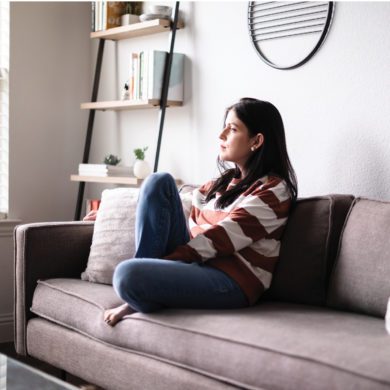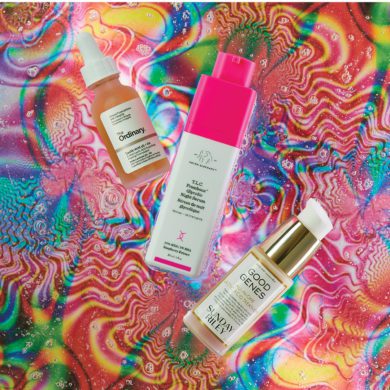“These are smart, powerful, interesting women in their 30s and 40s attaching shame to their bodies and the food they eat”
As a Gen Z new to the workplace, writer and PRIMER intern Maeve Galea has been horrified by tales of Millienial and Gen X obsession about weight
“The post-pandemic return to the office was significant for everyone, but for people of my generation (Gen Z, in-case it isn’t obvious, and it will be soon), perhaps even more so.
For many of us, it is the first time we are entering these spaces. In the last year or so, we have learnt the trademarks, trials and tribulations of office life: the daily commute, the smug feeling when you actually manage to bring in lunch from home and the euphoric buzz that takes hold on a Friday after 1pm as everyone looks ahead to the weekend.
But one thing me and my Zoomer chums didn’t expect to encounter during our first forays into office life was a toxic diet culture that seems totally normalised by our superiors.
Granted, I am part of a friend group of which the majority work in the fashion and media industries; famous for perpetuating a culture of impossible beauty standards. Even so, I have been shocked by several of the stories at after-work drinks. One friend reported that come lunchtime at her job at a glossy magazine, the conversations between her superiors instantly turn to how fat they look and feel, the carb-free diets they are on, and where to get the best steamed fish on Uber Eats.
We didn’t expect to encounter a toxic diet culture
Another friend who works at the head office at one of Australia’s best-loved designers agreed. She chuckled as she regaled us with an anecdote about walking into the courtyard at lunchtime to a scene of two co-workers discussing the new keto diets they were trialling, as they ate their portion-controlled lunches, while the PR girl sat next to them tanning her legs in the sun while she read a copy of “The Complete Guide To Fasting” and crunched on carrot sticks. Incensed by the scene, one of the other Gen Zs in the office commented with exasperation, “Oh my god. What is this? The 90s?!”
While these stories make great conversational fodder, they also leave me feeling sad. These are smart, powerful, interesting women in their 30s and 40s — women we admire — attaching shame to their bodies and the food they eat in the same way that we did as teenagers.
I was 12 when Instagram launched and it didn’t take long for it to take over our lives. At the time, the prevailing #fitspiration (or the less thinly veiled #thinspiration) and #wanderlust aesthetic (think pics of sunsets, tanned torsos and fluro activewear) wrought havoc on our body image. Our feeds were full of gym selfies, açai bowls, box gaps and “transformation” pics posted by attractive, pseudo-scientific influencers or teatox companies selling laxative teas that promised to “get you bikini ready for summer”. We downloaded calorie-counting apps, tried to survive a full school day on an apple and a miso soup, and spoke endlessly about our quest for skinny.
I was 12 when Instagram launched and it didn’t take long for it to take over our lives
The result was that many of us developed a relationship with food that landed on the spectrum of disordered eating. Thankfully not long after this, and as a direct reaction against this pressure put on women to look a certain way, the body positivity movement started to gain mainstream momentum. I will never forget being in my final year of high-school and New Zealand-based lingerie label Lonely posting images from their Fall ’16 look book on Instagram. It was the first time I had ever seen not just different kinds of bodies in a lingerie campaign, but diverse bodies with scars, stretchmarks and lopsided boobs. They were beautiful images, and honestly, it felt like a revelation. By the time we arrived at university, there was a feeling that we could leave a lot of those toxic body-shaming habits behind.
Happily, I can report that these days my friends and I would never talk about our own — or anybody else’s — bodies in negative ways. I simply cannot imagine entering a conversation about the new fad-diet worth trying. We exercise, definitely, and enjoy healthy food, but this is more a part of our commitment to living healthy lives than an attempt to lose weight. Don’t get me wrong, we still want to look good. We spend exuberant amounts on clothes and beauty products. And of course we sometimes feel body conscious, mostly at the start of summer when you’ve forgotten what it feels like to be half naked in front of an entire beach. But I think we have trained ourselves to silence the voice that automatically says, “I hate my body”.
I have no doubt this is because beauty standards, and what we perceive to be beautiful, has changed – expanded, really – over the past 5 years. Call it body positivity, or (in my opinion) the more covetable body neutrality, but our notions of what is considered beautiful, or even acceptable, have changed. Models like Paloma Elsesser and Ashley Graham, and performers like Lizzo and Rihanna, have democratised the media and fashion industries by putting their bodies — curved and creased — on the covers of magazines and on the runways of the most respected fashion houses. And they look phenomenal.
These are powerful things. And they have impacted a whole generation of women to feel much more OK with what they look like. I’m sure that a lot of people still diet (sometimes for totally valid and healthy reasons). However, I think we have moved past attaching shame to food or the way we look, especially because we know that it’s scarily contagious and it’s time to stop saddling each other — or worse, a whole other generation of women — with that pressure.”
“Many of us have a complex relationship with our bodies”
There are limits to body positivity, says PRIMER co-founder and young Gen X Felicity Robinson
“I was 13 when Kate Moss appeared on the cover of The Face, cheekily squinting at the camera in a festival-ready headdress. It was a defining moment for fashion. Ethereally thin, cigarette permanently balanced between her fingers, Moss epitomised what came to be known as “heroin chic”, which became the dominant look of the 1990s.
As a newly-minted teenager at a Catholic school, there was no way I was going to be trying the heroin part of the trend, but the skinny bit – well, that was a bit more attainable. I didn’t start dieting straightaway (that came later) but by 16 I was spending my weekly lunch money on a packet of Marlboro reds and a daily coffee at the grungy café down the road from school. By my mid 20s, my BMI was proudly underweight.
All of this is mortifying to admit, to be honest, because being a weight-obsessed, coffee-slugging smoker is definitely not cool right now. That’s why I was surprised and amused by Maeve’s tales of media women trading weight-loss tips and mainlining carrots over lunch. It seemed so blatant. But I do think that even if my friends and I aren’t openly reading diet books on our office breaks, many of us do have a complex relationship with our bodies and an encyclopaedic knowledge of calorie counts left over from the days when dieting was a way of life. Only last night, when we were discussing this at dinner, a friend confessed she had noticed how much every one of us had eaten. The habits of a lifetime are hard to break.
I was surprised and amused by Maeve’s tales of media women trading weight-loss tips
Looking back, it’s hard to believe there was so little diversity in the bodies we saw in print media, advertising, TV and everywhere else – and how toxic the messaging was. From magazine covers where female celebrities were shamed for their cellulite, to the rise of ‘size zero’ as an acceptable clothes size, the ideal was white, thin and preferably blonde.
In my early 20s, stylist Rachel Zoe and her coterie of clients – Lindsay Lohan, Nicole Ritchie and others – popularised a look that was all about over-sized bags and sunnies on an under-sized physique. Editors wouldn’t have dreamed of putting Lizzo or Ashley Graham on a cover because there was a belief that only ‘aspirational’ (skinny) celebrities would sell magazines.
Against this background, I spent most of my 20s in a battle with my body. The fact is, I could achieve the ideal if I ate little enough and so I gave it a good try. I’d say I flirted with an eating disorder at points; my eating was certainly disordered. I exercised a lot and ate healthily (ish) but this wasn’t in pursuit of being healthy, like Maeve’s friends, but rather achieving the kind of body that enabled me to wear low-slung ‘hipster’ jeans without the dreaded muffin top. I don’t remember talking too much about dieting or trading tips; staying skinny was supposed to be effortless.
There was a belief that only ‘aspirational’ (skinny) celebrities would sell magazines
There’s no doubt that the body acceptance movement of the past few years has affected the way we view ourselves. In fact, I’ve been surprised by how much it has affected my own view of my body, for the better. As Maeve says, women like Lizzo look amazing and refute the idea that clothes look better on skinny women. There’s comfort in seeing so-called ‘real’ bodies, particularly as you get older. But there’s still a long way to go.
Most of the diversity that we see now isn’t actually that diverse – yes, we’re seeing more women of colour and women who more accurately represent the average body, but they’re mostly still quite young. Where are the women in their late 30s, 40s and 50s, whose bodies are showing the signs of age? To me, it seems we have diversity for women in their 20s at one end of the spectrum and Helen Mirren at the other. In-between, there’s a gaping void, a vacuum for the anxieties of mid-life women like me.
As Maeve says, body positivity and visibility has helped a whole generation of women to feel better about their bodies – just not my generation. Yet. Until it does, we’ll continue to try to embrace our bodies as best we can, while trying to silence our internal calorie-counter every time we eat a couple of slices of toast (about 300, depending on butter).”













No Comments